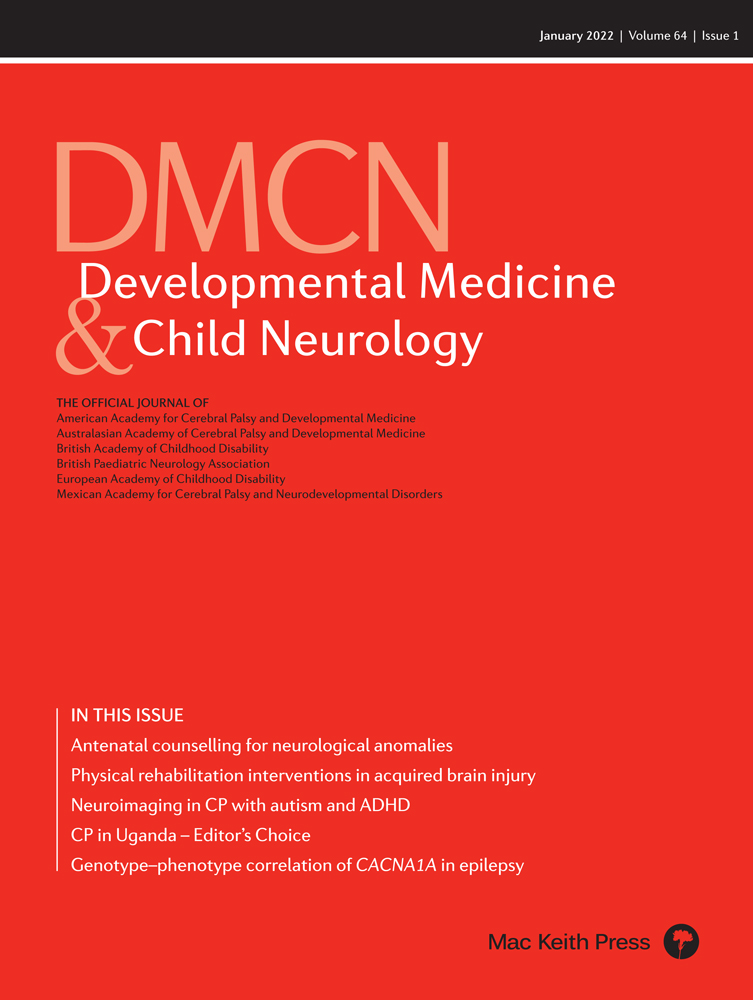Interference with prenatal, perinatal, and neonatal brain development is associated with a high risk for autism and attention-deficit/hyperactivity disorder
Abstract
This commentary is on the original article by Påhlman et al. on pages 63–69 of this issue.
Autism and attention-deficit/hyperactivity disorder (ADHD) are neurodevelopmental disorders that are defined on a phenomenological basis and lack a commonly agreed on etiological model; also, their pathophysiology is probably diverse. The term autistic spectrum disorder (ASD) accounts for the variability of the clinical syndrome. A broad scope of diagnoses has also recently been shown for ADHD.1 ASD and ADHD are diagnoses referring usually to children without specific neurological signs (such as spasticity, dyskinesia, or ataxia), which are related to dysfunctions of specific, topographically defined cerebral systems. Neuroimaging studies of children with ASD and ADHD do not find abnormalities in clinical readings of individual patients, but discover structural or functional changes only when analyzing groups of patients. For example, increased growth of total cortical volume or the cerebellum; changes of diffusivity in the major white matter tracts; or increased local, but reduced long-range connectivity have been reported in children with ASD.2 Volume reductions of the basal ganglia, cerebellum, or frontal lobe subregions or changes in functional connectivity have been seen when comparing children with ADHD to those without.3
Påhlman et al. address autism and/or ADHD in a population-based study of children with cerebral palsy (CP) – postneonatal cases excluded – with respect to their neuroimaging findings.4 The latter are analyzed using a standardized tool, classifying brain pathology according to timing of insult during brain development. CP also is a condition defined on the basis of phenomenology, but in around 90% of children neuroimaging identifies clear abnormalities of the brain.
Autism and ADHD were found with a high prevalence of around 30% each; in contrast, data in the general population give numbers in a single number range (lower for autism). Interestingly, this was found in all magnetic resonance imaging (MRI) subgroups, whether characterized by brain maldevelopments, white or grey matter lesions, or classified as normal. The authors draw attention to higher prevalence in two specific groups characterized by a timing during the second and third trimester. This is, however, qualified by the fact that subgroups of similar timing (middle cerebral artery infarction and basal ganglia/thalamus lesions and cortico-subcortical lesions) were more heterogeneous with respect to prevalence of ASD and ADHD than subgroups of different or unclear timing such as maldevelopments, miscellaneous findings, and the group with normal MRI. Other factors not captured in this population-based study may explain these intergroup differences such as levels of cognitive functioning (here only an IQ level of above and below 70 was differentiated).
These findings seem important as they indicate that interference with prenatal, perinatal, and neonatal brain development, whether lesional or not, carries a high risk for autism and ADHD. This is most intriguing also with respect to the above discussed models of pathophysiology which were developed on the basis of advanced neuroimaging findings when studying brains without visually identifiable brain lesions.
Further studies within the lesionally defined subgroups as described by the authors could shed light on questions such as: is the manifestation of ASD or ADHD related to vulnerability factors which may be genetic or environmental (including family functioning and parent education) or is it related to a specific topography or extent of the brain lesion? The latter question could be addressed taking pathophysiological models into account as cited above. Brain lesions acquired later during brain development have been reported to carry a risk for secondary ADHD.5 This seems of note when discussing what specific contribution the timing of a lesion may add to the risk, which may be different for ADHD and ASD.




